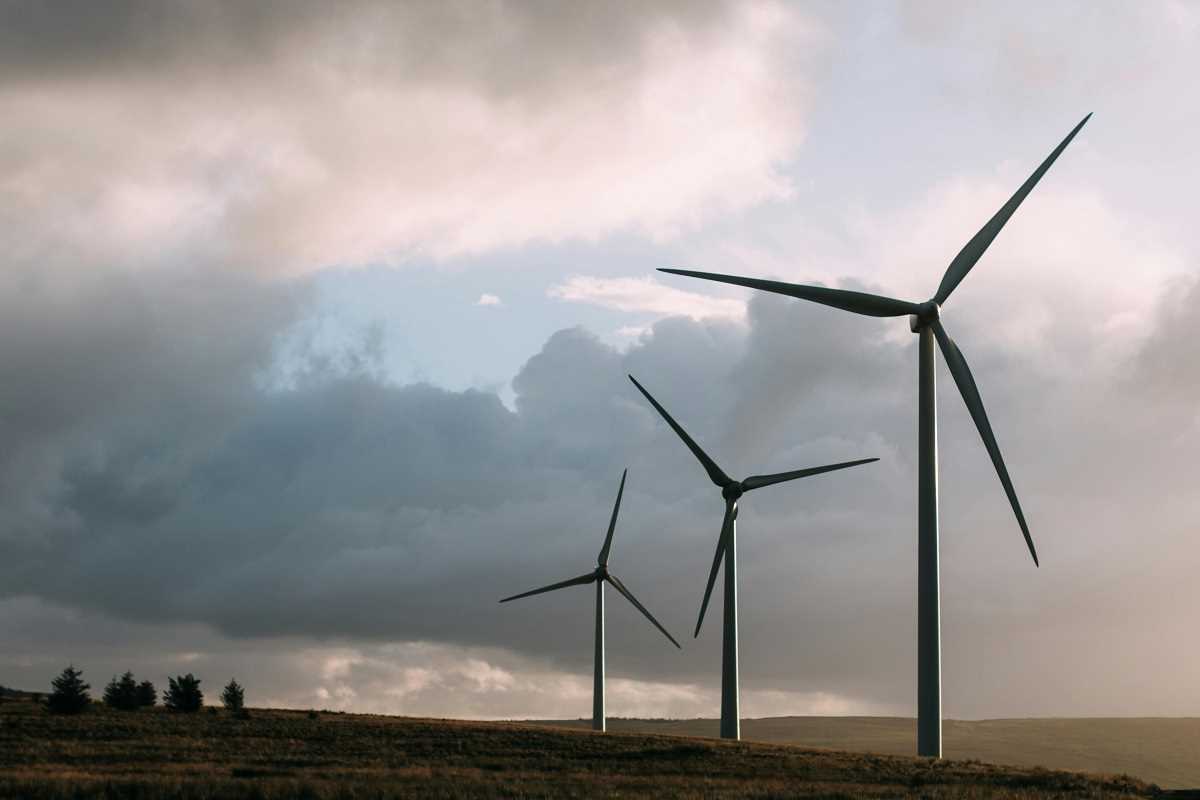Wind turbines are playing a key role in the move toward renewable energy. They transform wind into electricity that powers homes, schools, and businesses. As clean energy continues to grow, turbine technicians are becoming more important than ever. This career offers great pay, exciting challenges, and the chance to help the planet. If you are curious about how to become one, the path is simpler than you might think. With the right steps, you can start your journey toward this rewarding career. This guide will explain the full process, including education, training, certifications, hands-on experience, and how to get your first job. By the end, you will know exactly how to become a wind turbine technician.
Step 1: Understand the Role
Wind turbine technicians are responsible for inspecting, maintaining, and repairing wind turbines. This means climbing tall towers, troubleshooting electrical and mechanical issues, and sometimes working with turbine software systems. It’s a hands-on job that demands a mix of practical skills and problem-solving ability.
The role puts a big focus on safety. Working high above the ground and dealing with electrical systems means following strict safety rules every day. People who thrive in this job are typically comfortable outdoors, enjoy fixing things, and don’t mind heights.
What Skills Are Important?
- Physical Fitness: Climbing turbines and working in tight spaces require stamina and strength.
- Technical Know-How: Understanding electrical and mechanical systems is crucial.
- Attention to Detail: Small mistakes can lead to major problems.
- Teamwork: Many tasks need teamwork to keep safety standards high.
Step 2: Complete Your Education
A four-year college degree isn’t needed, but a high school diploma or GED and specialized technical training are expected. You should also look for accredited wind energy programs after high school.
High School Classes to Focus On
- Math (Algebra, Geometry, Trigonometry): Useful for measurements, calculations, and understanding systems.
- Physics: Helps with understanding forces, energy, and how turbines work.
- Intro Engineering or Electronics: Early exposure to electrical or mechanical concepts.
After High School: Technical Programs
The best route after high school is a wind energy technology program at a community college or technical school. These programs typically last two years and cover turbine basics, electrical and hydraulic systems, troubleshooting, and safety protocols. Many programs offer hands-on practice and work with power companies for job placements or internships.
Step 3: Pursue Certification
While certification may not be mandatory for every employer, it significantly boosts your employment prospects and demonstrates your competence and commitment to best practices. Two major organizations to know are:
Key Certifications
- GWO (Global Wind Organisation) Basic Safety Training
- Teaches working at heights, first aid, fire awareness, and manual handling.
- Recognized by many large wind energy employers.
- OSHA (Occupational Safety and Health Administration) Safety Certification
- Covers workplace safety regulations and standards in the U.S.
- Electrical and Mechanical Training Certificates
- Adds authority to your skills in working with turbine components, especially valuable for specialized maintenance work.
Many technical schools include these certifications in their coursework or offer prep as part of the program.
Step 4: Gain Hands-On Experience
Books and classroom study are crucial, but real-world experience is what turns knowledge into skill. Hands-on training is typically built into wind energy technical programs, but you can gain even more exposure by looking for:
- Internships with renewable energy companies.
- Apprenticeships in the wind industry.
- Volunteering for maintenance or outdoor repair work that involves tools and basic mechanics.
- Networking with professionals for shadowing or guidance.
Many employers prefer hiring candidates who already have some practical experience, so seek out programs that give you a substantial amount of hands-on training.
Step 5: Apply for Jobs
With training and certifications in hand, you’re ready to seek out your first job. Demand remains steady as more wind farms come online across the country.
What Employers Want
- Proof of technical training and certifications (GWO, OSHA).
- Ability to work safely and reliably at heights and in all weather conditions.
- Good communication and teamwork skills.
- Flexibility to relocate or travel, since many wind farms are in remote areas.
Where to Look for Jobs
- Major wind turbine manufacturers and service companies (like Siemens Gamesa and Vestas).
- Online job boards focused on renewables or trades.
- Career fairs and job assistance programs run by technical schools.
Step 6: Keep Learning
Technology in wind energy keeps advancing. Staying current is vital to your long-term growth. Consider:
- Continuing education courses or advanced certificates after your initial training.
- Attending industry events and safety refreshers, which are sometimes required to renew certifications.
- Learning about new turbine models, diagnostic software, and evolving safety standards by networking in professional organizations.
A commitment to learning helps you move into supervisory roles or specialize in more complex turbine systems.
Benefits of Becoming a Wind Turbine Technician
Why choose this path? Here are several reasons that are backed up by reliable data:
- Competitive Salaries: In 2023, the median pay in the U.S. was $61,770. The highest 25% earned about $74,940, while the lowest 25% earned $52,770.
- Job Stability: The move towards renewable energy has created ongoing demand for technicians, and new projects continue to launch every year.
- Room to Grow: With more experience, you can move into advanced maintenance, site management, or technical training roles.
- Adventure and Variety: This job lets you work outdoors in different locations with a broad range of tools and tech.
Each step, from education to certification and real-world practice, brings you closer to a dynamic and rewarding career.
 (Image via
(Image via





